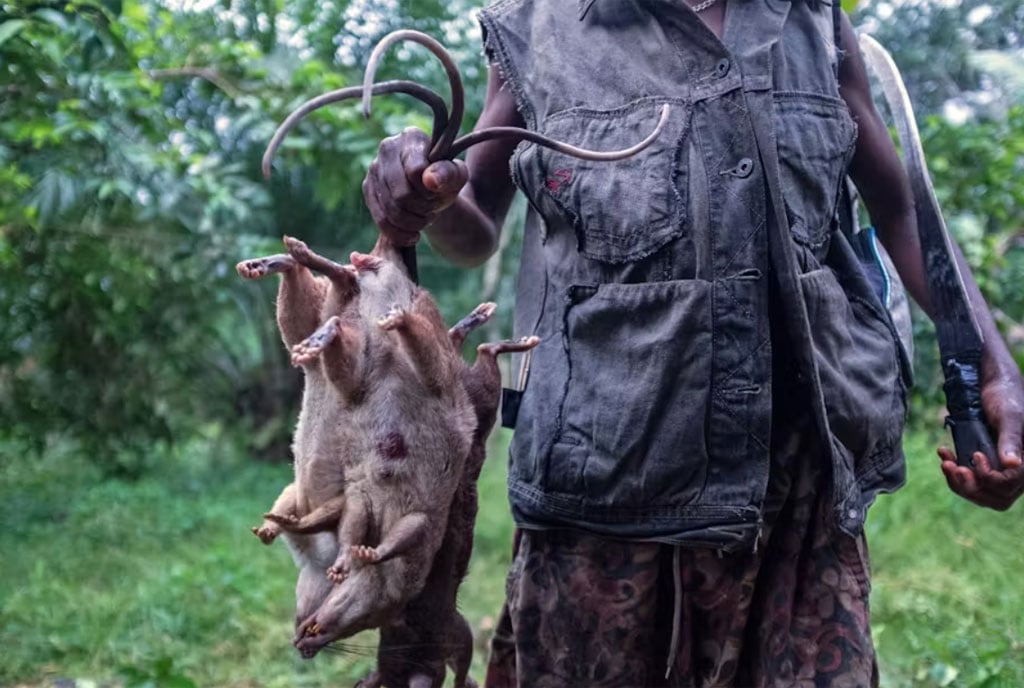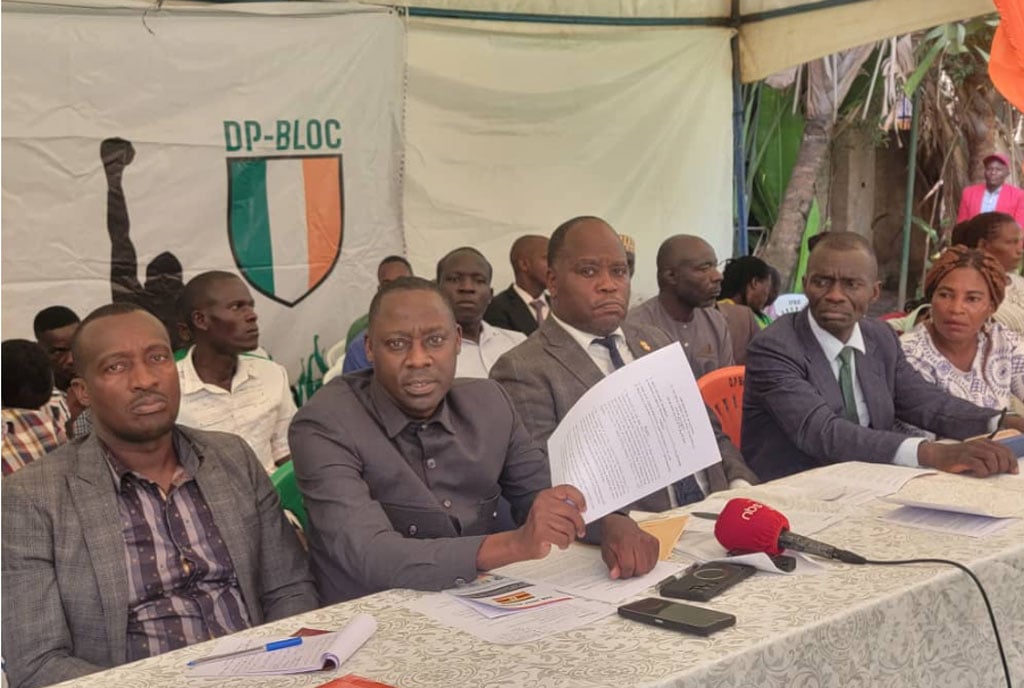Prime
Lack of water, toilets undermine fight against Covid-19 in Acholi

What you need to know:
- Water, sanitation, and hygiene (WASH) services are significant in the fight against Covid-19 as they facilitate SOPs such as hand washing.
Most public health facilities in Acholi Sub-region lack adequate sanitation systems to implement the standard operating procedures (SOPs) in the fight against coronavirus, Daily Monitor has established.
Water, sanitation, and hygiene (WASH) services are significant in the fight against Covid-19 as they facilitate SOPs such as hand washing.
However, a random survey conducted by this newspaper shows that access to safe water, maintenance of water points and the availability of sanitation services in health facilities across the region remain questionable.
The sub-region has so far registered a cumulative total of 1,318 Covid-19 cases.
The survey, which was conducted last week, discovered that in Agago District, for example, Patongo Health Centre III, Lukole Health Centre II as well as Omot Health Centre II have insufficient facilities to ensure that Covid-19 SOPs are followed by patients and health workers.
Daily Monitor found that the handwashing facilities positioned at both Lukole and Omot health centres had dirty water without soap and hand sanitisers.
Even when patients were found crowding at the health facilities, the hand washing facilities were not equipped with water for use.
The boreholes at Omot and Lukole facilities have also broken down, meaning that patients and the hospital management have to improvise to get water. The same situation was found in several other health facilities in the district.
Although staff at these facilities declined to be interviewed, Ms Hellen Drajea Iraku, the Agago assistant district health officer, revealed that of the 41 health centres in the district, more than half of them lack running water.
“In case pregnant mothers come to be delivered, the attendants are required to travel long distances to fetch water from streams, protected springs, and wells. Due to this, mothers are opting to deliver from home,” Ms Iraku said.
“We have been reporting this concern to the district technical planning committee, but the amount of money given to the water department is too low to cater for our needs,” she added.
Even though Agago District has 1,364 domestic water points, which serve a total population of 239,036 people, 319 of the 521 boreholes have remained non-functional for more than five years and have been abandoned.
Mr Andrew Onyuk, the Agago RDC, said despite the challenges faced by the district, the leadership is striving to advocate the establishment and maintenance of the Covid-19 SOPs.
Shortage of supplies
Whereas there is handwashing gear put in place in all health facilities, Mr Onyuk said the district taskforce discovered that supplies of requirements such as soap and sanitisers are inadequate.
In Lamwo District, the situation is not any better. The Office of the Prime Minister recently extended sanitation and hygiene facilities to schools and health facilities in all sub-counties in the district hosting refugees.
However, the sanitation in most public facilities remains wanting. For instance, Palabek Health Centre III has no running water and uses pit-latrines instead of water-borne toilets, something that stands to further spread infections among patients.
The health centre serves about 150 patients per day, majority of whom are South Sudan refugees from the nearby Palabek-Ogili and Palabek-Kal settlements.
Mr Francis Okumu, the in-charge, said the facility is overwhelmed by the huge number of refugees who come for treatment there.
“We are very vulnerable right now; a lot is lacking here to handle the big numbers. There is no substantial laboratory, not even a morgue to handle dead bodies, and worse, there is an acute shortage of water here that has forced us to use only pit-latrines,” Mr Okumu said.
According to the 2020 maternity scorecard WASH audit report for Gulu, only four health facilities (Lacor hospital, Layibi Health Centre III, Aywee Health Centre III, and Cwero Health Centre III) scored above average.
Five health centre IIIs scored 0 per cent in clean water access.
Whereas Gulu regional referral hospital has 89 per cent water access, it scored 46 per cent in healthcare waste management and 0 per cent in cleaning and administration, raising questions on the state of hygiene at the maternity unit of the facility.
Only Lacor hospital, a private-owned facility, scored 60 per cent in cleaning and hygiene while the rest of the health facilities in the district, including Gulu regional referral hospital, scored less than 20 per cent.
Mr Yoweri Idiba, the acting Gulu district health officer, said improving the district’s WASH ranking needs community support, adding that their funding is always inadequate to support planned activities per financial year.
“The crises could have been worse had it not been for the intervention of the development partners in the district,” Mr Idiba said.
Meanwhile, in the neighbouring Omoro District, the communities continue to be challenged by inadequate water facilities.
The residents trek long distances to access water from the few boreholes that still remain operational or unsafe wells and springs in their villages.
The district has a total of 293 broken boreholes but only 203 can be repaired to become operational, according to the district’s engineering department.
Of the total broken boreholes and shallow wells, 230 are located in the former internally displaced people’s (IDP) camps with scanty settlements.
Of the six sub-counties, Bobi is the most affected, with only 49 functional boreholes of the 103, followed by Koro, with 68 functional and 49 broken down, according to the district chairperson, Mr Douglas Peter Okao.
According to the 2020 Gulu District health status report, of the 20,880 functional latrines , only 3,659 have functional handwashing facilities, implying only 13.8 per cent.
National outlook
According to the Ministry of Water and Environment’s Water and Environment Sector Performance Report for 2020, the national safe water coverage in rural areas, as of last June was at 68 per cent, a 1 per cent decline from 69 per cent of June 2019.
Whereas the national percentage of water points with functional water and sanitation committees increased from 89 per cent in June 2019 to 90 per cent in June 2020, district reports showed that 22 per cent of the rural population still practiced open defecation.



